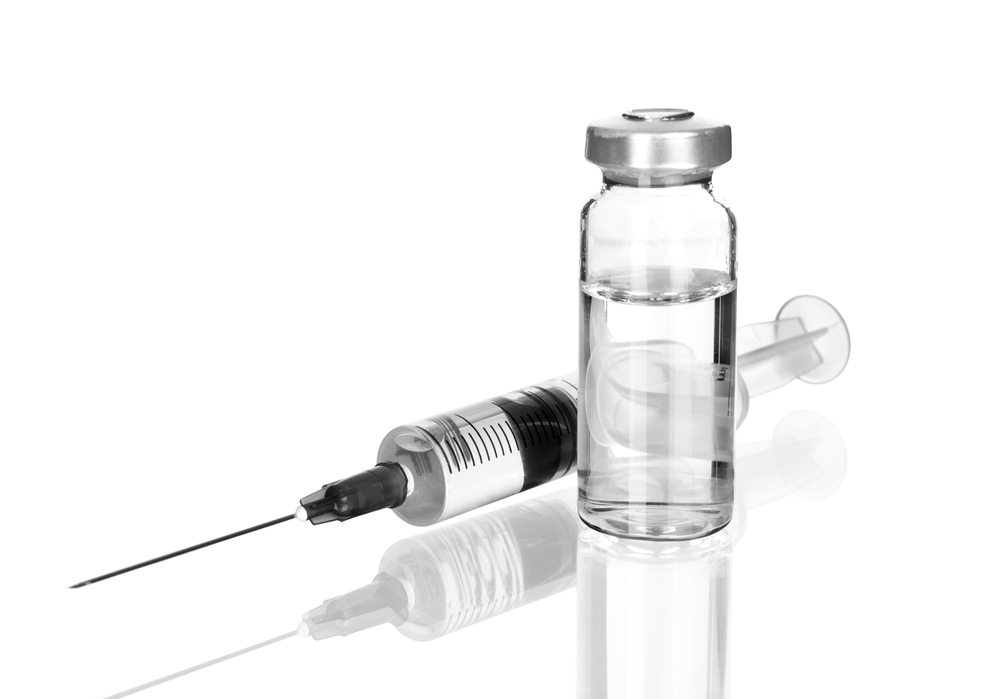<p>When back or neck pain strikes, even the most mundane activities can become a struggle. Back and neck pain can happen as a result of arthritis in the spine or a back injury and can occur in the neck (cervical), the upper back (thoracic) or the lower back (lumbar) when the facet joints become inflamed.<br />
If your cervical facet joints are inflamed, you will typically feel pain in the neck, head, shoulders or arms. Inflamed thoracic facet joints will cause pain in the upper back, chest and occasionally an arm, while inflamed lumbar facet joints will affect the lower back, hips, buttocks and legs.<br />
And in order to reduce the pain, many patients are turning to facet joint injections.</p>
<h3><strong>What is a Facet Joint Injection?</strong></h3>
<p>Administered to provide some relief from neck, and or, back pain, facet joint injections, otherwise known as facet blocks (because they can block pain) are steroid injections that are inserted into the facet joints to reduce the inflammation.<br />
No, facet blocks won’t cure your back/neck pain, but what they can do, is potentially ease some of the pain as you work towards recovery with rest and prescribed physical therapy.<br />
Facet joint injections are used for two reasons, one, to help identify where the pain is coming from and two, to provide pain relief.</p>
<h3><strong>How are they used to Diagnose?</strong></h3>
<p>By injecting pain relieving medicine into the facet joints (the small, stabilizing joints found in your neck and back) physicians can determine whether or not the joint is the source of the pain by the level of pain relief experienced.<br />
If a patient feels complete pain relief after the injection, it becomes apparent that the joint is in fact, the cause.</p>
<h3><strong>How are they used to Reduce Pain?</strong></h3>
<p>If it’s discovered that a particular facet joint is causing the pain, a time-released steroid will be injected to reduce inflammation and to provide the patient with pain relief that can last from days to years.</p>
<h3><strong>Injection Procedure</strong></h3>
<p>Getting a facet joint injection is a relatively simple process and will take anywhere from 30-60 minutes from start to finish.<br />
The patient will lie on their stomach as the physician administers a local anesthesia to numb the skin before the injection. Sedation is not typically used, but if necessary, intravenous medication can be used to relax the patient for the procedure.<br />
Using fluoroscopy, which is a live x-ray, to guide the needle to the proper facet joint, a minimal amount of contrast dye is injected so that the physician can make sure the fluid is contained in the joint before the medicinal fluid is injected.<br />
When the procedure is complete, your physician will monitor you for 15-30 minutes before sending you on your way. Although your daily routine will not be overly affected after the injection, you should avoid strenuous activity for the rest of the day and refrain from immersing your body in water.</p>
<h3><strong>Are Facet Joint Injections for you?</strong></h3>
<p>So if you are on the road to recovery, but are struggling with intense back or neck pain, facet joint injections just may be the solution. Speak with your physician and find out more about facet blocks and how they can help ease some of your pain.</p>

Are Facet Joint Injections the Answer?
